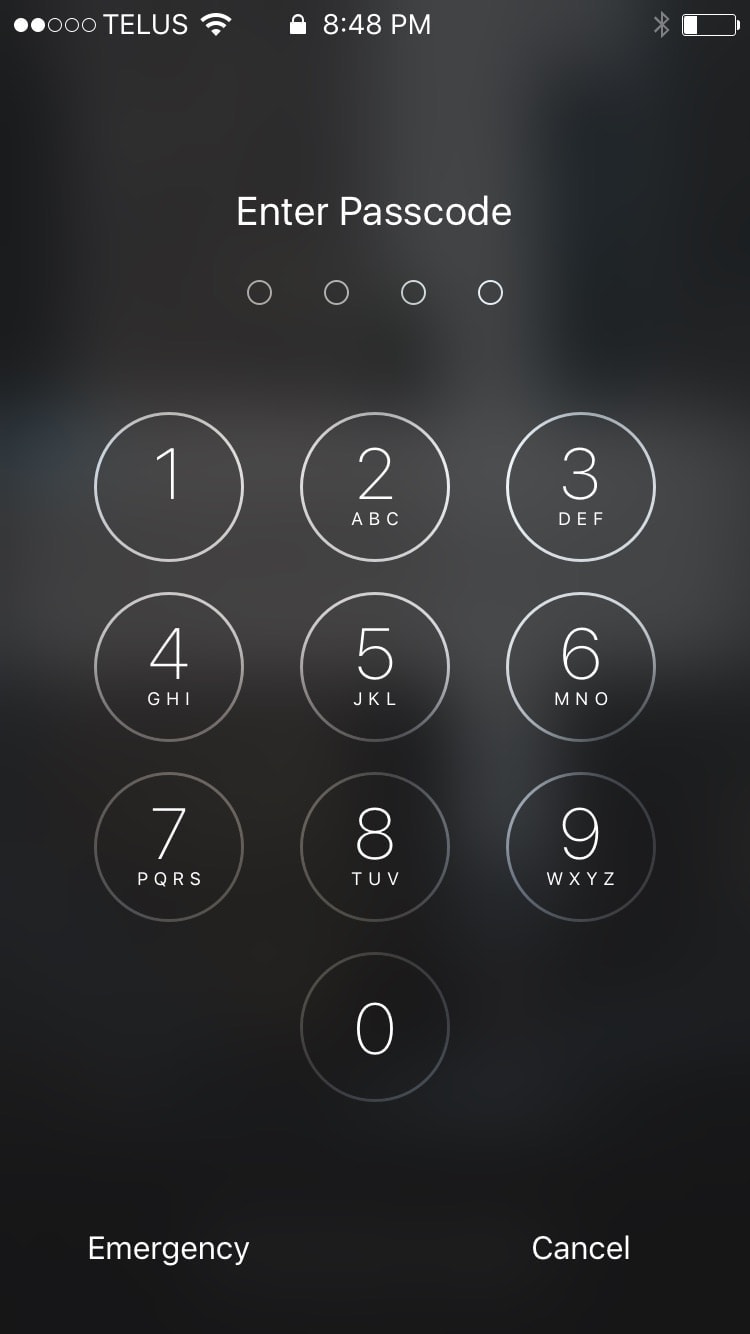7 tips for lawyers on guarding privilege, protecting client rights, and tracking evidence in the digital age.
When I was an articling student, my principal Jack Pinkofsky used to always say: “Footprints in. Footprints out.”
Jack would use this analogy to describe how everything within criminal cases leaves a trace. Evidence is merely a product of direct or circumstantial connections, or, “footprints’. Tracking those footprints was the hard part. In 2017, those footprints have become far more ubiquitous, but also more elusive unless you know where to search. For those that do, the tracking is now digital, not terrestrial.
Everywhere we go, we leave digital impressions. Our phones transmit data and information that is astounding, and overwhelmingly unknown by their users. Facebook updates, Instagram posts, tweets, chats, and stories. We are almost always transmitting data of some sort. And even when we are not transmitting data, the absence of footprints also speaks volumes. Digital silence may lead to strong inferences of when we were travelling, when we were sleeping, and when we may have turned our phone off (perhaps for the very reasons the prosecution is alleging).
As lawyers, it’s important to be able to guide our clients through this terrain. To advise them not only on the footprints they leave, but also how to find those prints should they prove useful. Similarly, we must be cautious that we do not create our own footprints that may serve to their detriment.
This article sets out to provide 7 simple and practical tips as we track, advise, and defend.

The area of digital evidence is vast and could easily take up entire text books to properly understand its risks and utility. However, the 7 simple points above provide a basic starting point for counsel seeking to protect their clients, privileged communications, and have a small sense of what is required to ensure responsible preservation of evidence in 2017.
Footprints in. Footprints out.






